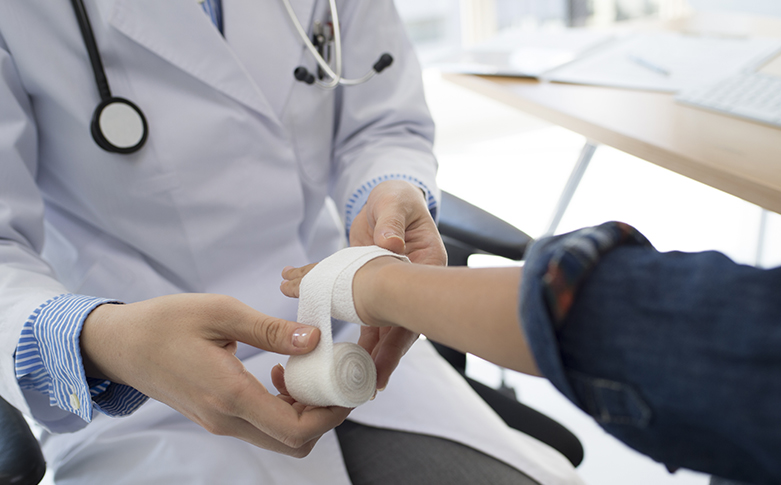Clothes make the nurse. The days of all-white uniforms are long past, but patients and the public still judge us, in part, by what we wear. So while Parts I through III of The Perils of Beauty encouraged you to consider the practicality of your work wardrobe, Dr. Brady and Nurse Rebekah discuss patient perception and professional image in part IV.
Nurse Rebekah: Imagine if aliens landed in a hospital and were trying to figure out what our clothing meant. It might seem as if the people wearing the pajamas had all the power and did all the work, while the people wearing suits didn’t do much but stare at some weird light box on a table, intermittently picking up a strange white cylindrical object with a green pattern on it and brown liquid. It would be interesting to see what the aliens might say about our outfits.
But we can forgo the fantasies of alien visitors and consider what our patients think when they come to the hospital. Remember, a hospital is alien territory to them! So what do they think about our outfits, hand-washing habits and presentation? If we keep our appearances professional, neat and stylish, we’re sure to project the competence that we possess.
Dr. Brady: Absolutely! Patients pay attention to these things, especially when they don’t have visitors to occupy them. While we’re busily running around trying to keep up with all of our work, our patients are bored, wondering when their test results will be back, when we’ll return and when they can leave or eat (or both!). They often have nothing better to do than watch us and what we do right or wrong. They notice how we dress.
Even more potentially embarrassing, they notice what we say. Don’t think they aren’t listening. They are, but that’s a whole other topic.
You heard it in nursing school and you’ve heard it again here: Dress neatly and professionally. Tie your hair back. Trim your nails. Wash your hands. Fashion is fleeting, but professional behavior and attire will always make a good impression.


















